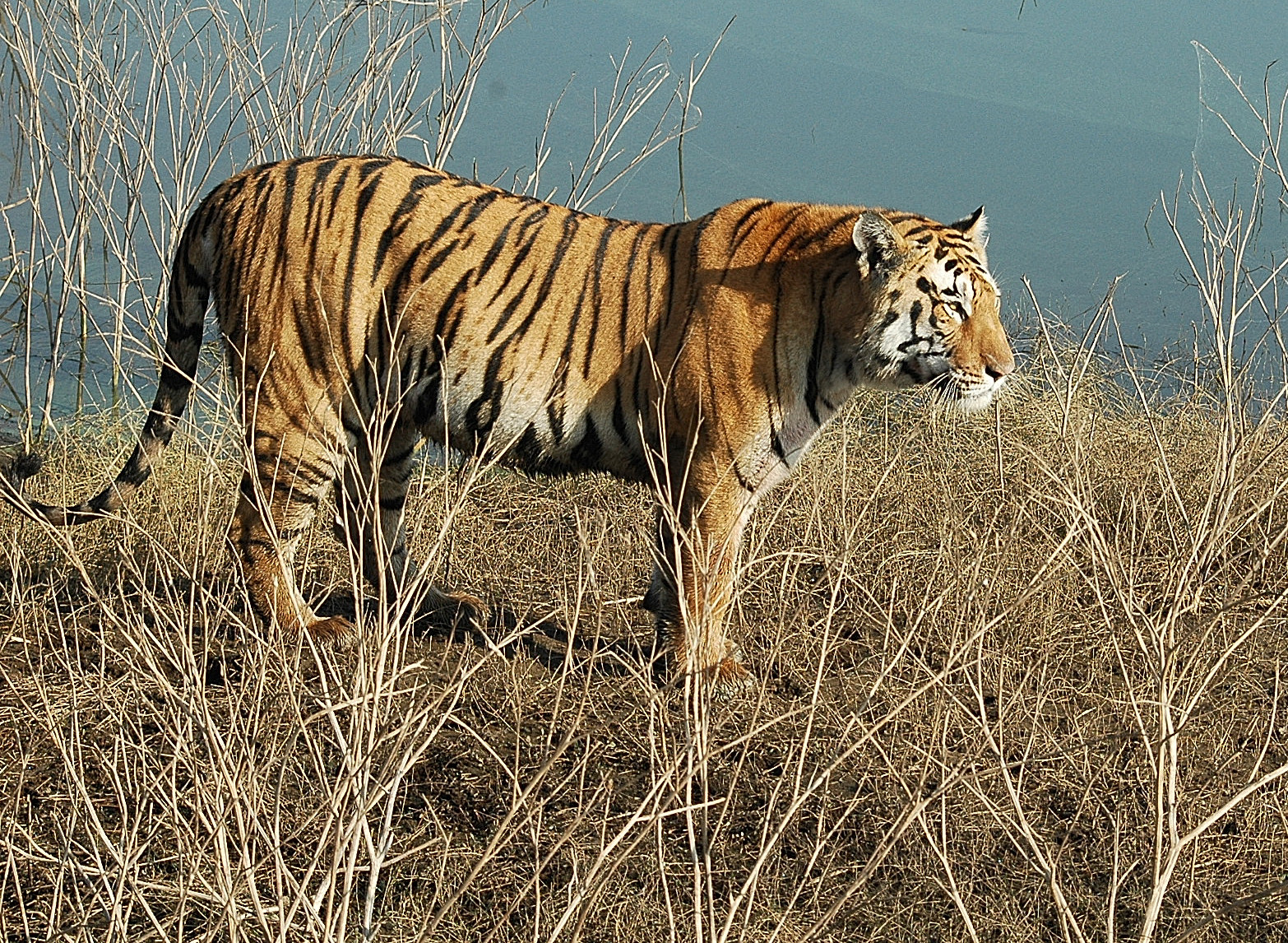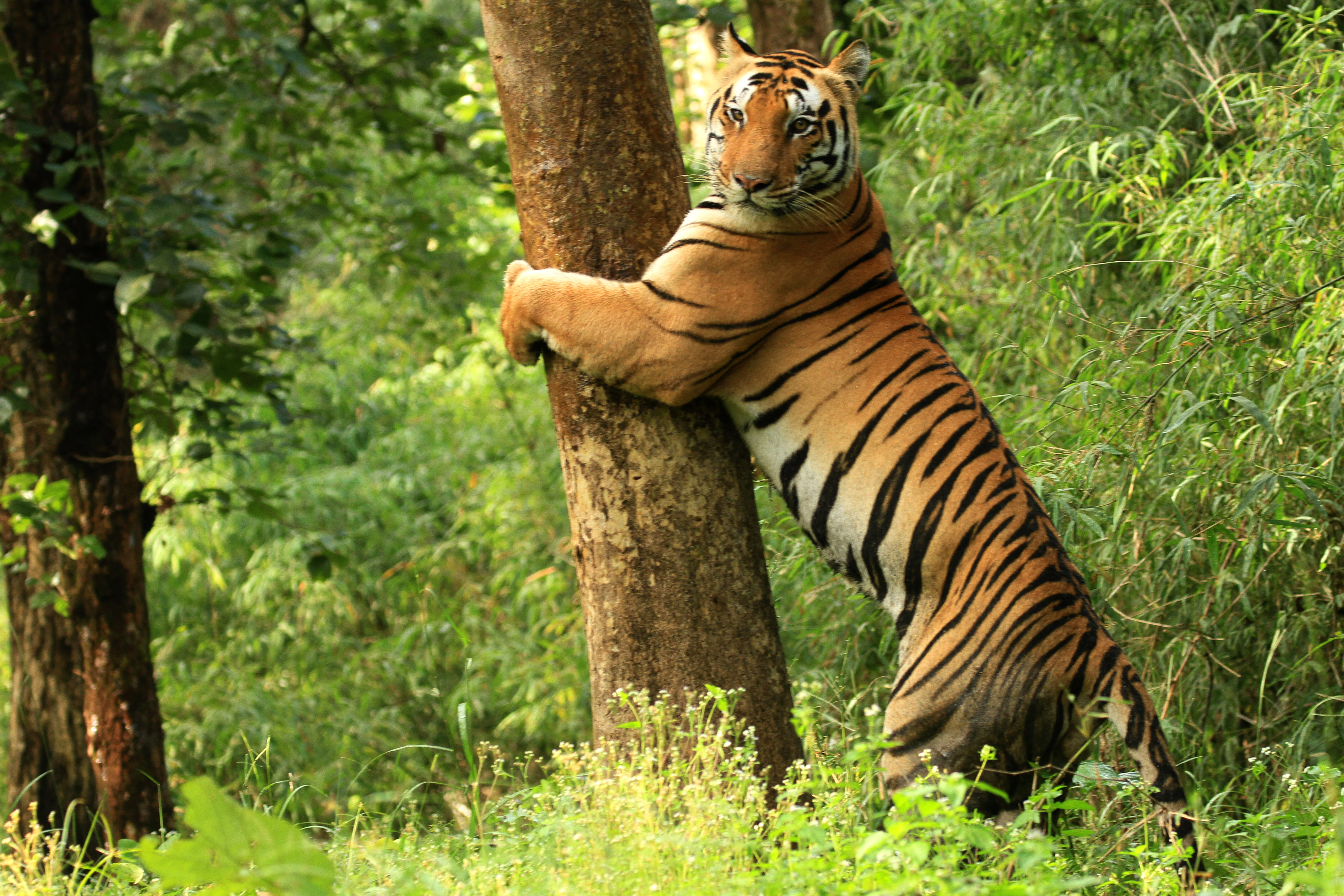Pench National Park stands as a magnificent testament to India's commitment to wildlife conservation, straddling the borders of Madhya Pradesh and Maharashtra. The park derives its name from the meandering Pench River that bisects its terrain into nearly equal portions, creating a diverse ecosystem that has captured imaginations for centuries. This verdant expanse has a rich historical legacy dating back to the 16th century Deogarh kingdom, when early records first documented the area's exceptional wildlife abundance.
The park's fascinating connection to literature emerged through Rudyard Kipling's immortal works, "The Jungle Book" and "The Second Jungle Book." Though Kipling never personally visited the area, his vivid descriptions of the Indian jungle were inspired by similar landscapes, inadvertently creating an enduring association between Pench and his beloved stories. This literary connection has added an extra layer of mystique to the park's already compelling natural heritage.
The 17th century marked a pivotal period in Pench's history, as the region underwent significant transformation under various rulers. The Gond dynasty initiated extensive forest clearing for agriculture and settlement, a practice that continued through the Maratha and British periods. This systematic deforestation persisted until 1862, when the first conservation measures were implemented, and the forests were designated as reserved. This crucial decision marked the beginning of organized conservation efforts in the region, though formal protected status would come much later.
The transformation of Pench into a protected wilderness was a gradual process that gained momentum in the latter half of the 20th century. The area was officially declared the Pench Sanctuary in 1977, encompassing 449.392 square kilometers of diverse habitat. This protection was enhanced in 1983 when 292.857 square kilometers were upgraded to national park status. The remaining area maintained its sanctuary designation, creating a multi-tiered conservation framework that continues to serve as a model for protected area management in India.
The 1990s brought significant developments that elevated Pench's status in India's conservation landscape. The park's inclusion in Project Tiger in 1992 marked a watershed moment, acknowledging its crucial role in preserving India's tiger population. The management restructuring in 1995, which brought the sanctuary under the Pench Tiger Reserve's administration, streamlined conservation efforts and enhanced protection measures. These changes were followed by the formal renaming of the park to "Indira Priyadarshini Pench National Park" and the sanctuary to "Pench Mowgli Sanctuary" in the early 2000s, paying homage to both political legacy and literary connections.
Today, Pench National Park showcases the remarkable success of India's conservation efforts. The park's diverse landscape features predominantly teak forests, undulating terrain, and the life-sustaining Pench River, supporting a rich array of wildlife. The park is home to significant populations of Bengal tigers, leopards, various deer species, and over 285 resident and migratory bird species. This biodiversity is carefully protected through a combination of scientific management practices and traditional knowledge, with local indigenous communities playing a vital role in conservation efforts.
The park's approach to conservation extends beyond wildlife protection to encompass community engagement and sustainable tourism. Local tribal communities, particularly the Gonds, contribute their ancestral knowledge and traditional practices to conservation efforts while benefiting from eco-tourism initiatives. Visitors to Pench can experience the park's natural wonders through carefully managed safari programs that provide opportunities to observe wildlife in their natural habitat while minimizing environmental impact. The park's interpretation centers and guided tours offer insights into both the natural history of the region and the traditional lifestyles of its indigenous inhabitants.
Pench National Park represents a successful balance between conservation, community involvement, and responsible tourism. Its evolution from a hunting ground to a protected wilderness demonstrates the positive impact of dedicated conservation efforts. The park continues to inspire visitors with its natural beauty, rich biodiversity, and cultural heritage, while serving as a model for sustainable ecosystem management in India's protected areas network.







